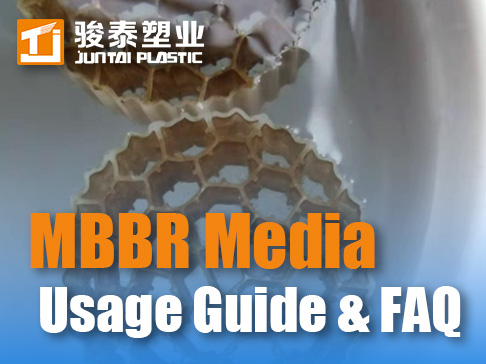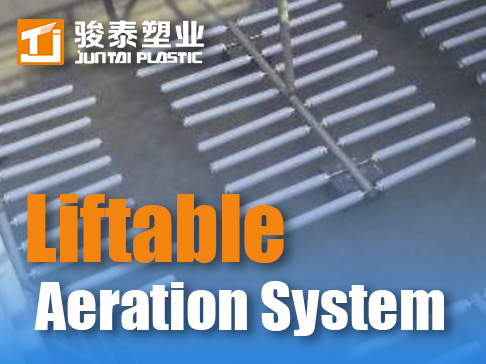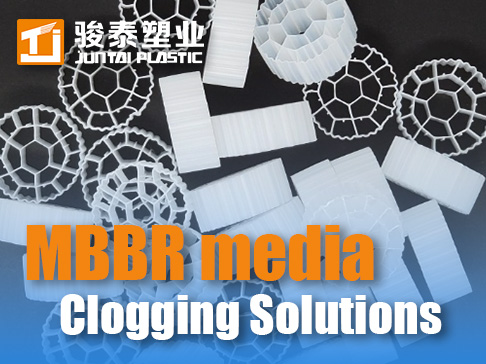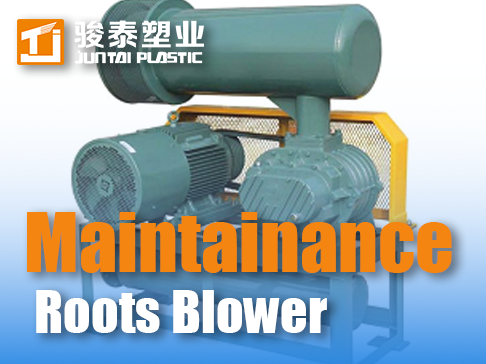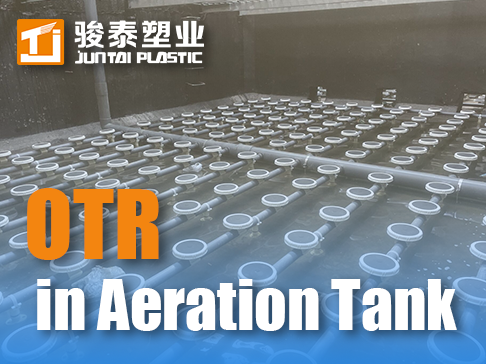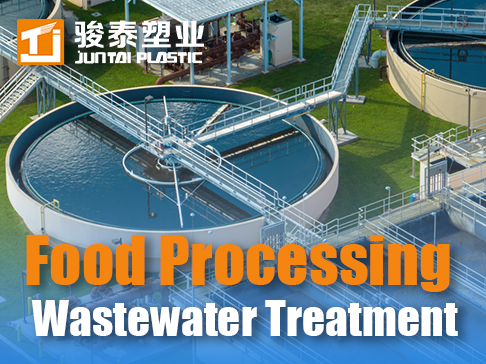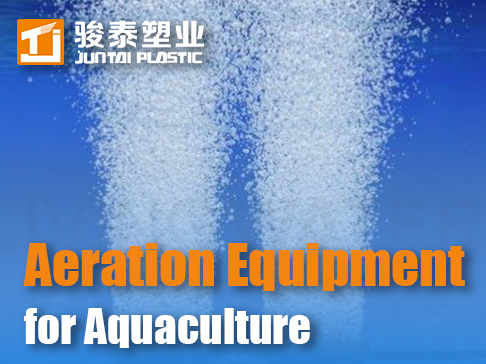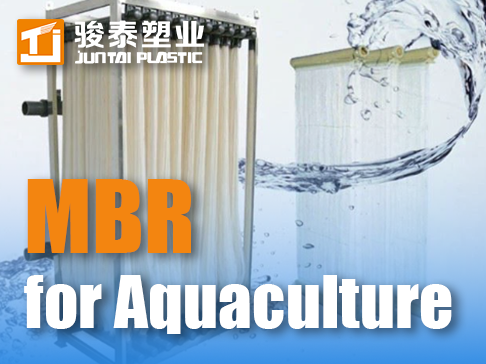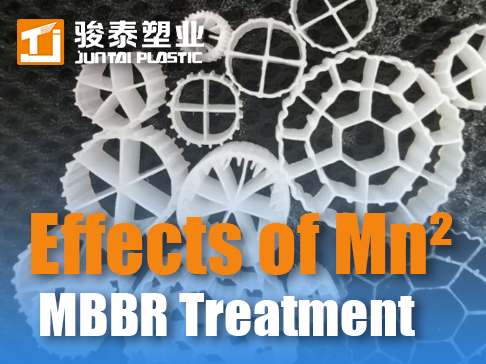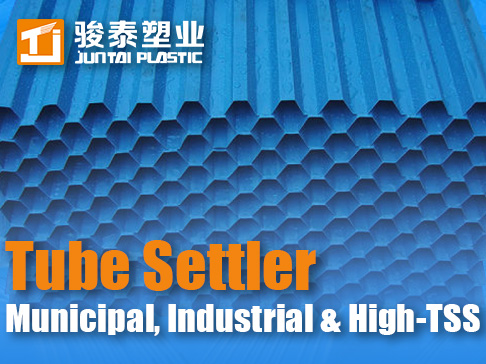 +86 13600513715
+86 13600513715 DAF vs Tube Settler: How to Optimize Solid-Liquid Separation for Industrial Wastewater?
The Solid-Liquid Separation Dilemma in Industry
Industrial wastewater often contains complex pollutants:
-
Low-density contaminants: Oils, algae, polymer microplastics (common in petrochemical/textile plants)
-
High-density particles: Metal hydroxides, silica, precipitated salts (e.g., electroplating/mining wastewater)
Traditional single-process systems face critical limitations:
⚠️ DAF struggles with particles >500 kg/m³ density (40% efficiency drop)19
⚠️ Tube Settlers fail to capture <50μm light flocs (overflow losses up to 25%)8
JUNTAI’s integrated approach combines both technologies for maximum adaptability.
Technical Matrix: DAF vs Tube Settler Performance
| Parameter | DAF | Tube Settler |
|---|---|---|
| Optimal Density | <300 kg/m³ (oils, algae) | >800 kg/m³ (metals, sands) |
| Energy Consumption | 0.8-1.2 kWh/m³ | 0.2-0.4 kWh/m³ |
| Footprint | 15-20 m² per 100m³/hr | 5-8 m² per 100m³/hr |
| TSS Removal | 85-95% (light particles) | 90-98% (settleable solids) |
JUNTAI Hybrid System: 3-Stage Industrial Solution
1️⃣ Stage 1 - DAF Pre-treatment
-
Removes 90% of oils & buoyant solids
-
Microbubble generator (10-30μm) with anti-clog nozzles
-
Chemical dosing optimization (reduces flocculant use by 40%)
2️⃣ Stage 2 - Tube Settler Polishing
-
60° PP modules with 200mm hydraulic diameter
-
Laminar flow design (Reynolds Number <500)8
-
Captures residual flocs (20-100μm)
3️⃣ Stage 3 - AI-Driven Control
-
Real-time turbidity monitoring adjusts recycle ratio
-
Predictive maintenance alerts for scraper mechanisms
Case Study: PCB Manufacturing Wastewater in Guangdong
| Parameter | Influent | DAF Effluent | Final Effluent |
|---|---|---|---|
| TSS | 850 mg/L | 120 mg/L | 8 mg/L |
| Oil Content | 300 mg/L | 15 mg/L | <5 mg/L |
| Operational Cost | - | $0.95/m³ | $0.68/m³ (-28%) |
Client Feedback:
"The hybrid system cut our sludge disposal costs by $12,000/month while meeting GB 8978-1996 standards."




